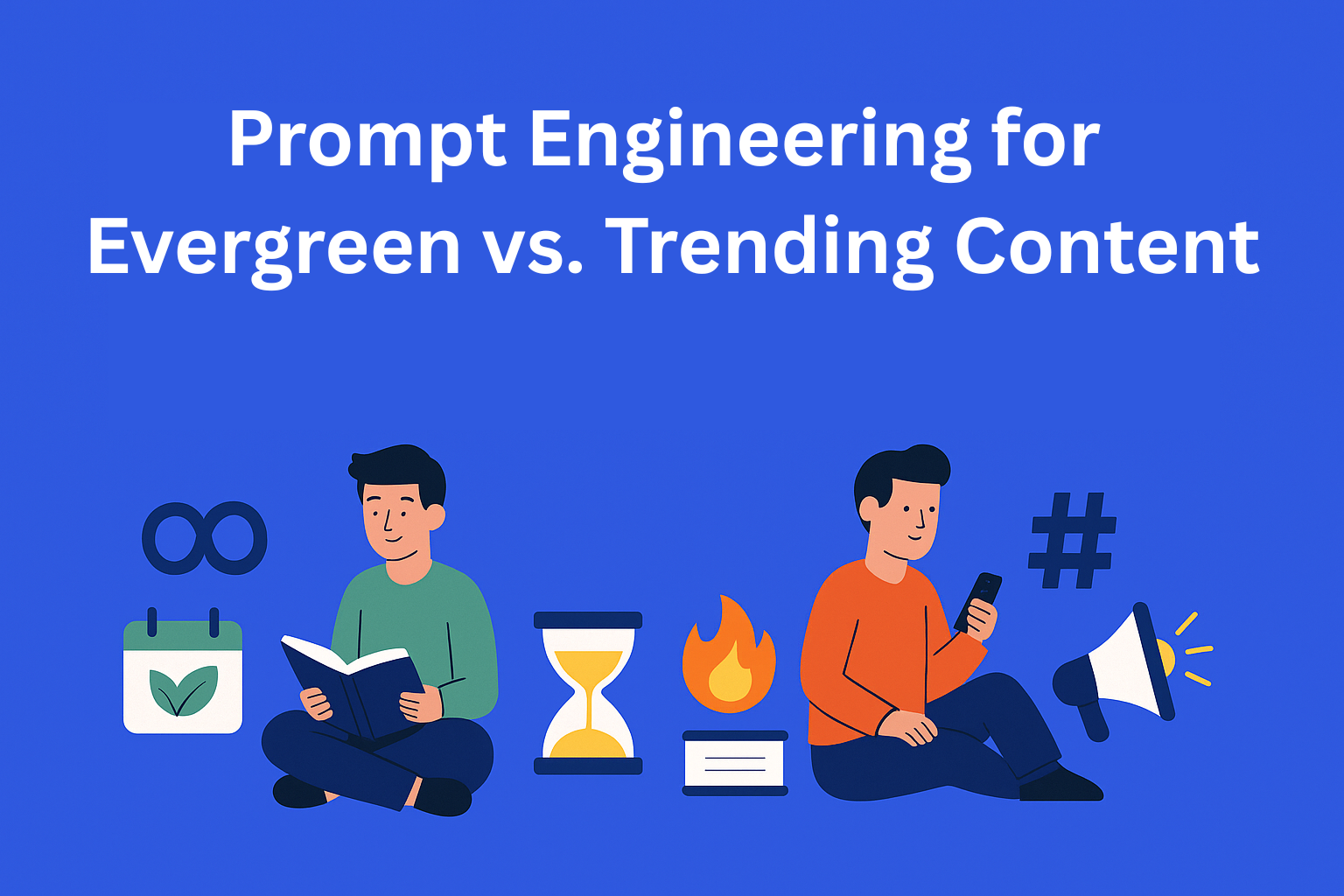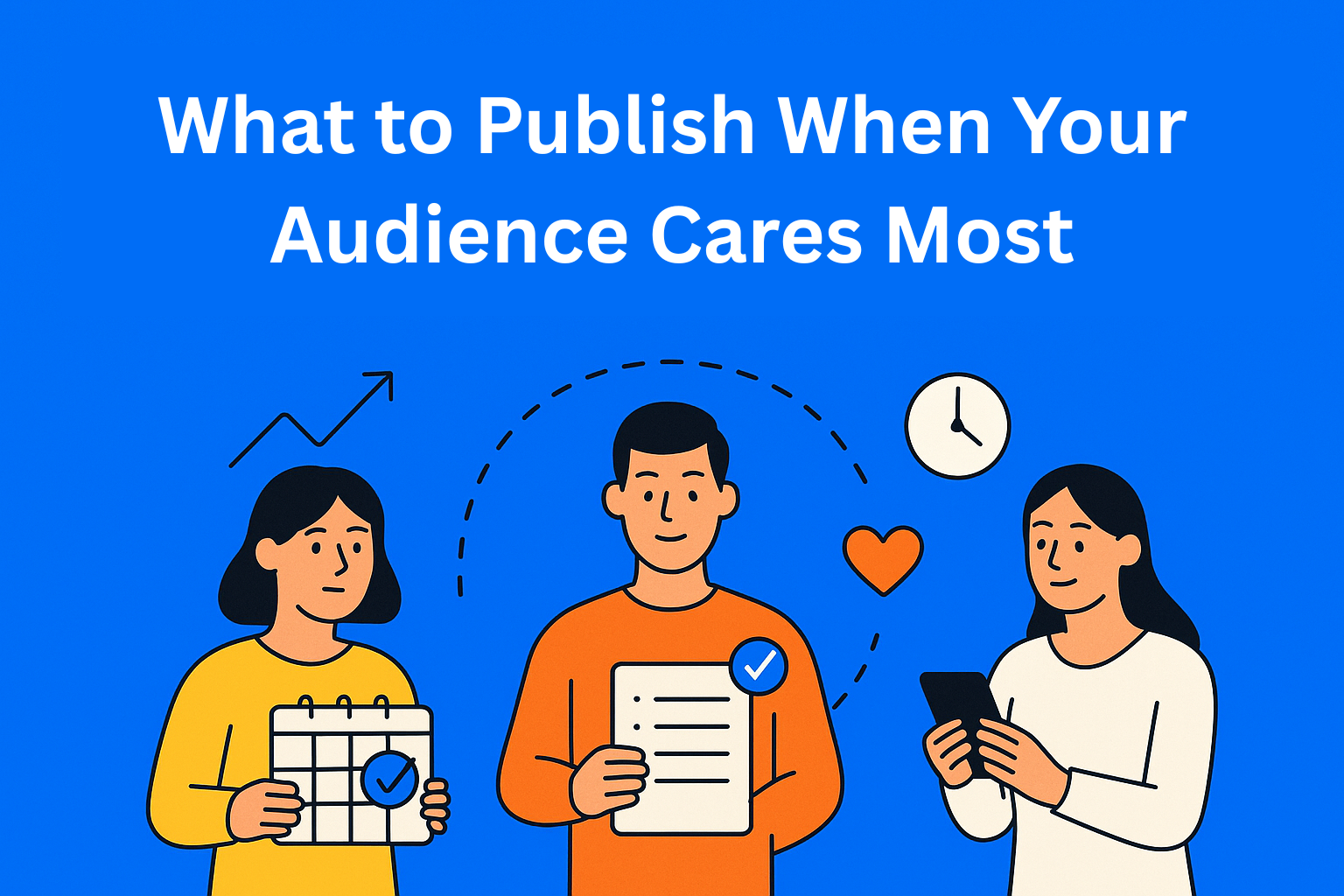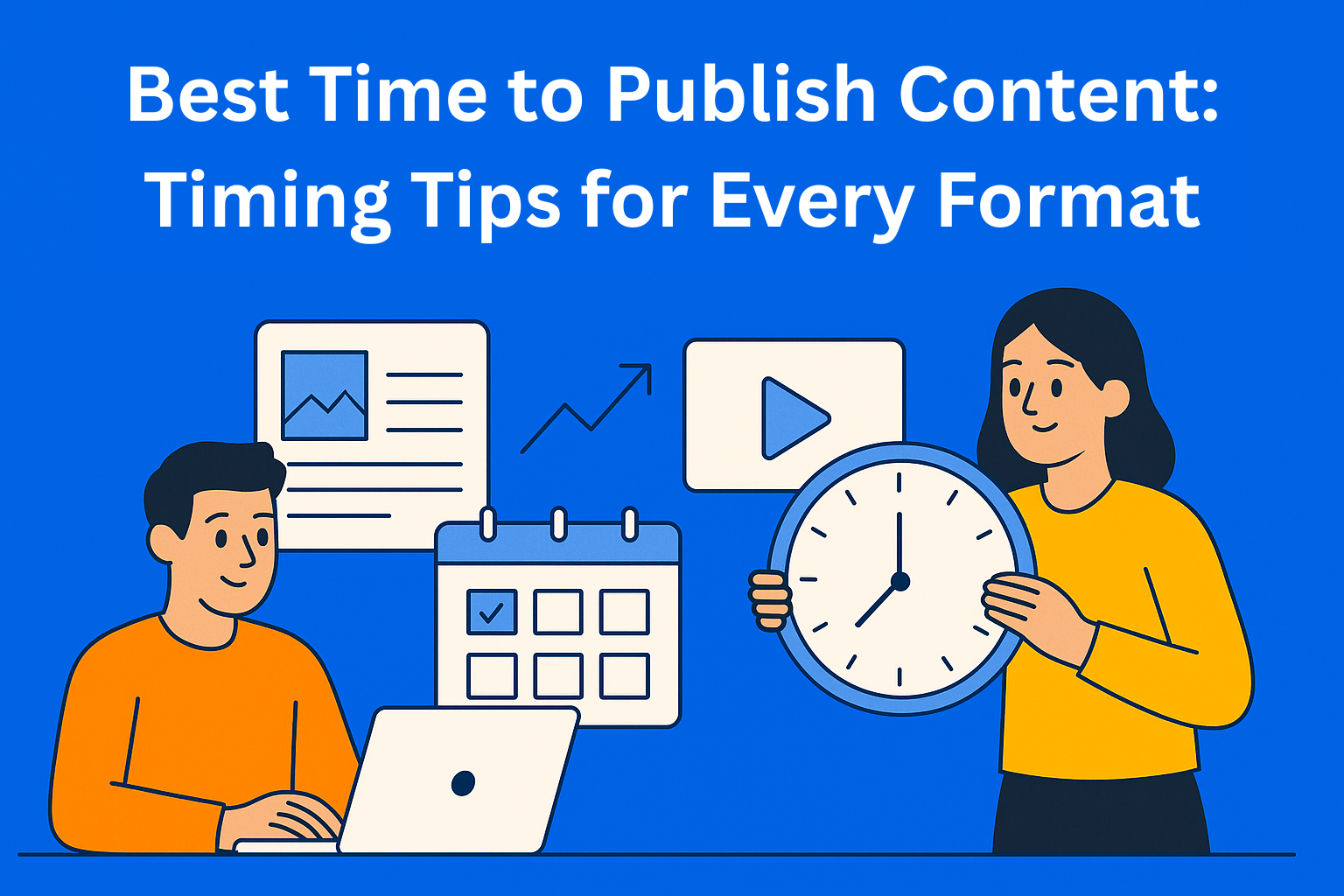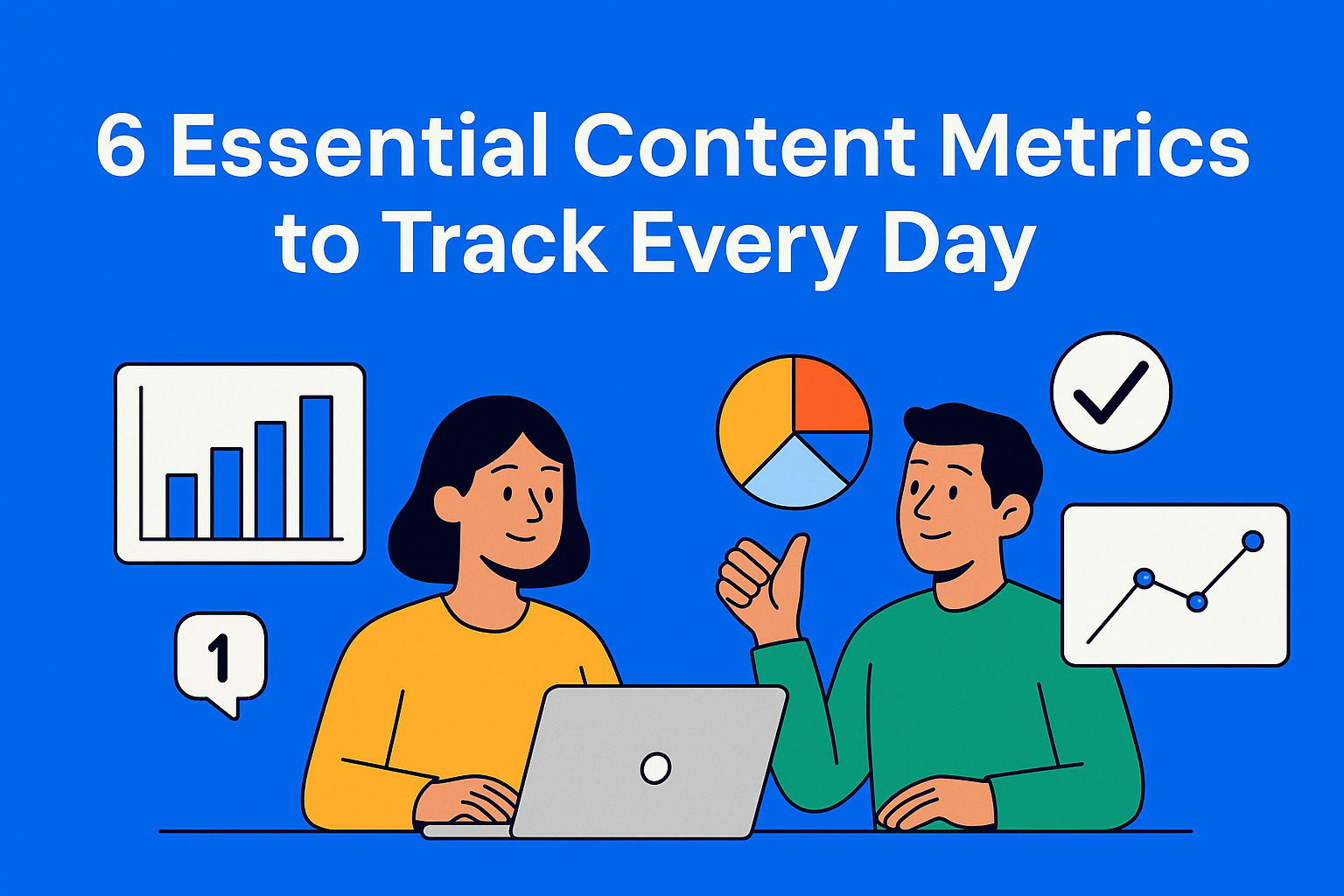Prompt Engineering for Evergreen vs. Trending Content
Learn how prompt engineering adapts for evergreen content vs. trending content. This simple guide explains key differences, shows practical AI prompt tips, and helps you mix long-term SEO value with timely, viral topics to boost engagement.

First of all, prompt engineering is, simply put, the skill of giving clear and well-structured instructions to AI tools, such as ChatGPT. But it’s not the same when we are creating evergreen content and trending content.
In this blog, I will explain the difference between them, show you how to adapt prompts for both types, and give you practical tips on how to combine them so that the content is as valuable as possible.
Key Takeaways
- Evergreen prompts aim for longevity - they focus on detailed, timeless guides that stay relevant for years.
- Trending prompts capture the moment - they highlight current events, viral trends, and real-time engagement.
- Different tones are required - evergreen needs a neutral, informative voice, while trending thrives on energy and immediacy.
- Hybrid content wins - combining timeless insights with fresh updates makes articles both durable and clickable.
- Prompt wording matters - words like “comprehensive” fit evergreen, while “latest” and “currently” drive trending results.
What is Evergreen Content?
Evergreen content is text that does not lose its value over time. It can be useful today, in a year, or even in five years. These are guides, tutorials, “ultimate guide” articles, as well as explanations of concepts. For example, an article like "How to Write a Good Resume" or "Basic SEO Principles" falls into evergreen content because it is equally useful today and tomorrow.
For this type of text, the prompt must be clear, detailed, and focused on comprehensiveness. When we write to AI, it’s important to ask for: detailed explanations, structure, and examples that are not tied to current trends. The goal is for the text to retain value no matter when someone reads it.
Example prompts for evergreen content:
Write a detailed guide on the basics of SEO that will be relevant for both beginners and advanced users, and that can remain useful for the next 5 years.
Explain the basic principles of writing blog posts, include structure, style, and tips that will remain valid long term.
Write a guide on starting a small business, with an emphasis on steps that remain relevant regardless of current trends.
What is Trending Content?
Trending content is the complete opposite. It lives in the moment. Its value comes from being connected to a current topic: a new product, a viral trend, or a major event. For example, a text like "Reactions to the New iPhone in September 2025" or "How TikTok Trends Are Changing Youth Habits in 2025" belongs to this category.
For this type of text, the prompt must be fast, current, and tied to time. When we write to AI, here the focus is on: the current event, the date, actual reactions, and the energy of the moment. The tone can be less formal, since trending content often aims to attract quick attention and provoke engagement.
Example prompts for trending content:
Write a blog post about the latest iPhone model, include reactions from social media, and focus on how the audience is responding in September 2025.
Write a short report about current TikTok trends and explain how they influence the behavior of young users during 2025.
Write a blog post about how brands are currently using digital marketing during large seasonal campaigns and explain which tactics are creating the most audience engagement.
Key Differences in Prompt Engineering
When we compare evergreen and trending content, it becomes clear that prompts must be different:
| Aspect | Evergreen | Trending |
|---|---|---|
| Goal | Long-term value | Quick engagement |
| Tone | Informative, neutral | Dynamic, current |
| Detail | Comprehensive, extensive | Concise, focused |
| Context | Timeless | Tied to a specific date/period |
| SEO approach | Long-tail keywords | Viral keywords, hashtags |
Understanding these differences helps us know how to shape prompts and what to emphasize.
How to Combine Both Approaches?
The best practice in content marketing is a combination of both types. Evergreen content provides a stable foundation - people will read it for months and years. Trending content brings quick attention, clickability, and audience engagement.
One trick is to add a trending section to an evergreen text. For example: "How AI is Changing Marketing (evergreen)" can have an additional section "How Brands Are Using AI During Black Friday Campaigns 2025 (trending)". This way, we get an article that is both relevant in the long run and interesting in the moment.
Example prompt for hybrid text:
Write a comprehensive text about AI marketing, with explanations of key concepts, strategies, and usage examples. After that, add a detailed section about current examples from the past month, including specific campaigns, audience reactions, and the results achieved.
Practical Tips for Prompt Engineering
To create the best possible content with the help of AI, here are some concrete tips:
- For evergreen content:
- Use phrases like "step-by-step guide", "comprehensive", "definitive".
- Ask for detailed explanations and examples.
- Insist on a neutral and timeless tone.
- For trending content:
- Use words like "latest", "today", "viral", "currently".
- Include a time frame (e.g., "September 2025").
- Keep the tone dynamic and adapted to online communities.
- Experiment:
- Try the same prompt in multiple variations.
- Compare results and choose the one that best fits your audience.
- SEO optimization:
- For evergreen, use stable keywords.
- For trending, focus on viral phrases and hashtags.
Conclusion
Prompt engineering is a powerful tool for anyone using AI to create content. But the key is adaptation: it’s not the same when we create an evergreen text meant to last for years and a trending text that lives only for a few days or weeks.
The best approach is a combination: build a base of evergreen content for long-term results, and occasionally add trending texts that attract attention in the moment.
If we learn how to shape prompts the right way, we can easily combine both worlds and create content that is useful and engaging, both now and in the future.






